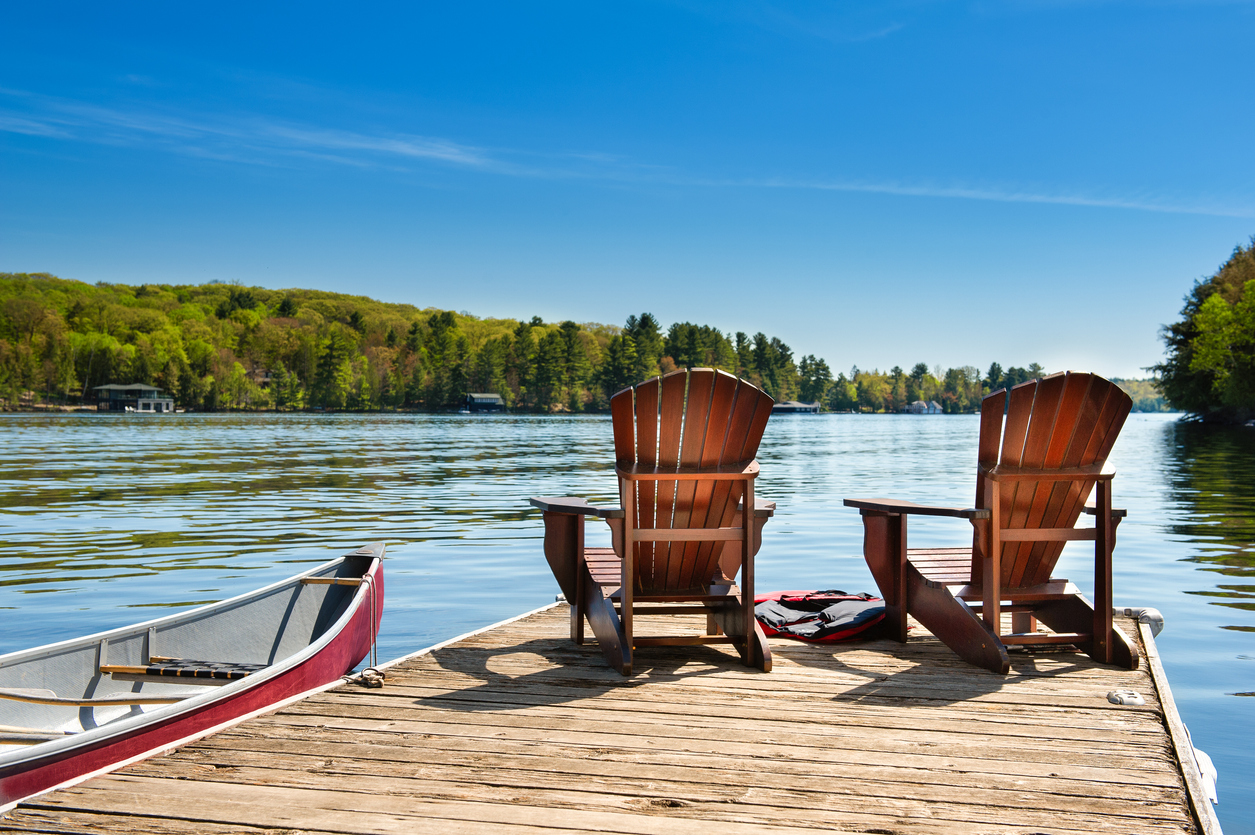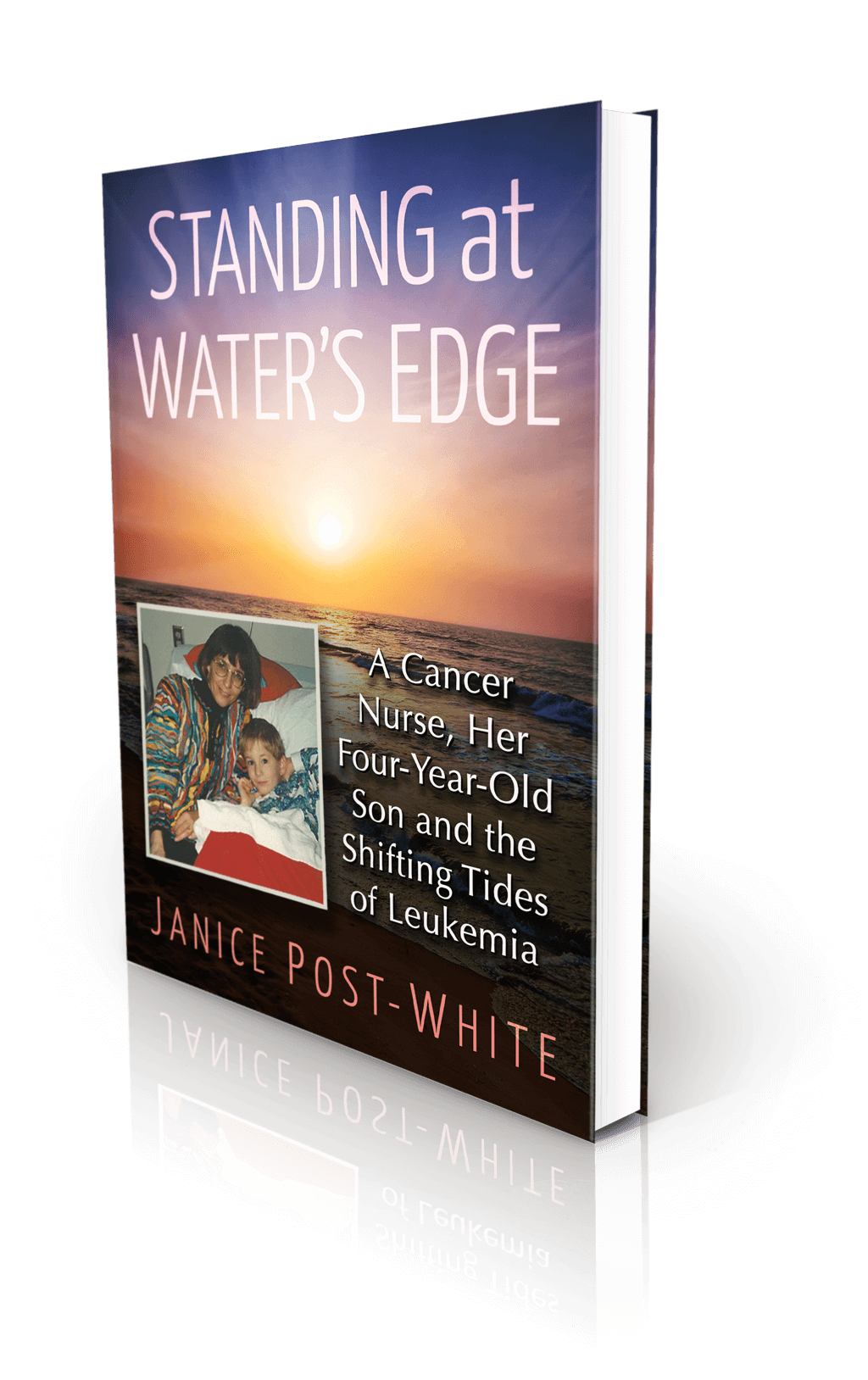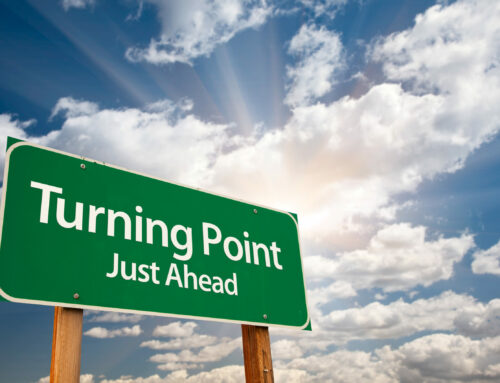
Welcome to summer and the predictability of the seasons despite the changes in our lives.
It’s officially summer in the northern hemisphere, with 15.5 hours of sunlight in Minnesota today, the summer solstice. The stray kitties—that we fed throughout the long, frigid winter—arrive at our doorstep for a sunrise breakfast (5:30 am) and roam with the lone turkey and deer, chase the ever-present squirrels, and keep their distance from the early evening raccoon family of five that scavenges left-over cat food, before sauntering off to wherever they hide away for rest and respite from predators (coyote night-roamer) and the elements (100+ degrees with 91% humidity this week). They have their routine and we have ours (they’ve trained us well). Welcome to summer in the city backyard.
There’s comfort in the known, familiar routine, and the mutual expectation of basic needs being attended to. Although I’m sure the panting, black kitty would welcome a cooler corner at night, human allergies and cat skittishness prevent us from taking them in. Although I wish we didn’t have to, we’re all surviving in our adapted ways.
This newly minted season already feels like a repeat of last summer for me, one of relentless illness and symptoms, with daily entertainment happening on the backyard patio. I’m incredibly thankful for my distractions but would welcome challenges that advance my writing or rebuild my strength after a long winter of illness—if only my health would accommodate such ambitions.
It’s déjà vu, and I’m beginning to wonder if this is the new norm. Instead of a long-anticipated carefree season of walking the neighborhood on dry sidewalks, seeing family and friends for outdoor lunches and coffee, and venturing away for short trip excursions, I’m relegated to the one kitchen chair I’m comfortable sitting in where I can watch the critters through floor to ceiling windows on three sides. I’m getting through the days looking for joy in the small moments of life. I’m hesitant to project into the future or even to expect that this is my new, permanent norm. I grab the moment, hoping for a better tomorrow.
I’m not alone in my yearning. Many of you are launching summer with fervor, determined to make up for the last two summers of pandemic isolation and limited vacations and travel. With vaccines and boosters on board (premiering today for our youngest kiddos), hope is in the air. Cases continue to decrease in the U.S and the around the globe (disregarding innumerable unreported cases), and there’s a newfound sense of safety against severe illness and death from COVID (which is lower than it’s ever been), although hospitalizations are rising again and an average of 314 people still die every day in the U.S. from COVID. Many have had it and recovered and feel protected against it (for a few months anyway) and immune to future serious adverse events (no guarantee there—each variant brings its own risks). Some of you have had COVID three or four times already, with no long-term effects (thankfully, the incidence of long-COVID is lower with Omicron than Delta). And so, we move forward with our lives.

Shutterstock photo by EpicStockMedia
The Shape of Time
Frank Bures, a Minnesota writer, describes in the May/June issue of Poets & Writers Magazine how time takes the shape of “things changing but also staying the same.” At his monthlong writing retreat in Redwing, MN, in the first fall season of the pandemic, he watched new leaves drop from the same trees outside the same window he had peered through on previous visits. He likened time as circular—making its way back around—rather than the more typical Western linear view of a ticking clock always moving forward through time. I’ve always envisioned the seasons (and months) evolving around a circle rather than marching forward on a line. How do they appear to you?
If time is circular, can we simultaneously hold the past in the present? What about the reverse? Can we know ourselves as 16-year-old adolescents at the same time we have the wisdom of a 40-year-old adult? Alice can when she time travels back in Emma Straub’s new novel, This Time Tomorrow. On her 40th birthday, Alice inadvertently travels back to her childhood home on her 16th birthday and regains perspective of her father in his 40s, not the current 73-year-old dying of organ failure after years of chain-smoking and no veggie consumption. Time travel is purposeful, according to the author, and Alice wants to change the future. Can she?
Would you want to go back in time? Why? What age would you be?
There were times I wished I had the wisdom of age to inform my decisions in young adulthood. I’d have preferred to jump to the future rather than relive the past. But would I even want to know the consequences of my decisions before I had the opportunity to create the life they contained? We make the best decisions at the time knowing what we know in the moment.
As Bures reflected on his retreat, “One season would end. Another would begin. We would all lose many things and gain others.” That’s the predictability of the seasons.
And that’s where I am today. Life is for living, and summer is for fun. Go for it! I’ll watch, smiling, from my patio.
~Namaste

About the Book
Janice Post-White’s memoir is a story about a cancer nurse who thought she knew what life and death were about.
Then her 4-year-old son got leukemia.
This heart-wrenchingly real but inspiring book shines a light on the life-affirming discoveries that can be made when one is forced to face death—and bravely chooses to face fears.
ON SALE DECEMBER 3, 2021
2022 First Place Award from the American Journal of Nursing Book of the Year in the category of Consumer Health and Third Place in Creative Works
Finalist in Health/Cancer from the American Book Fest Best Book Awards, the International Book Awards, and the Eric Hoffer Book Awards



